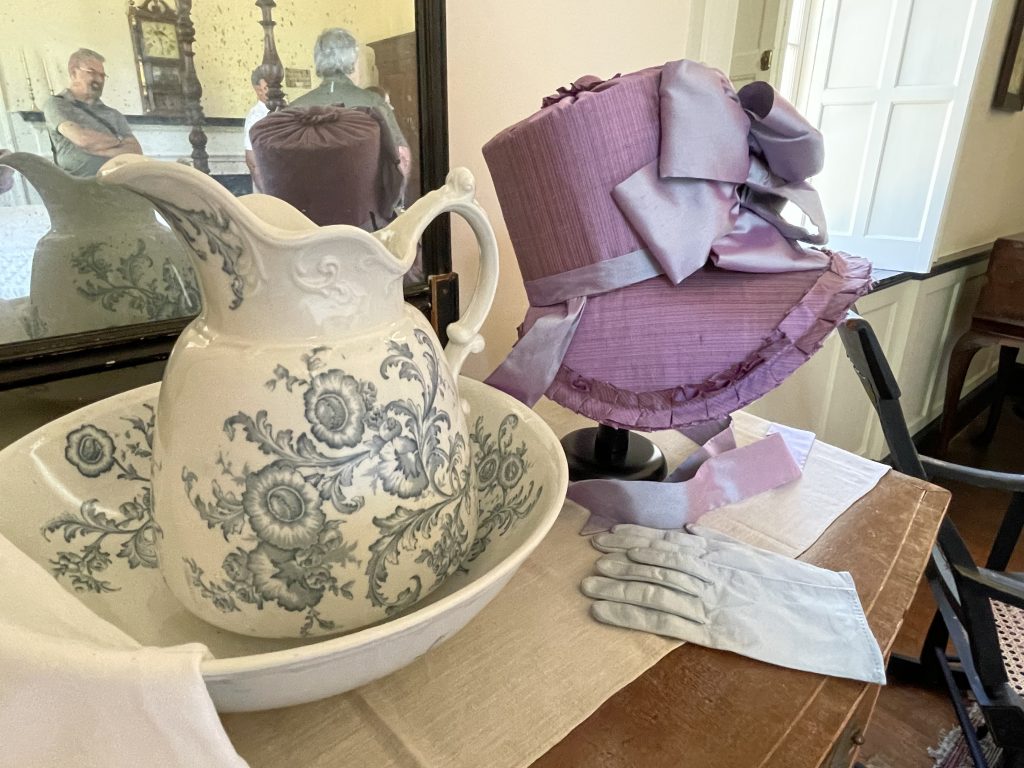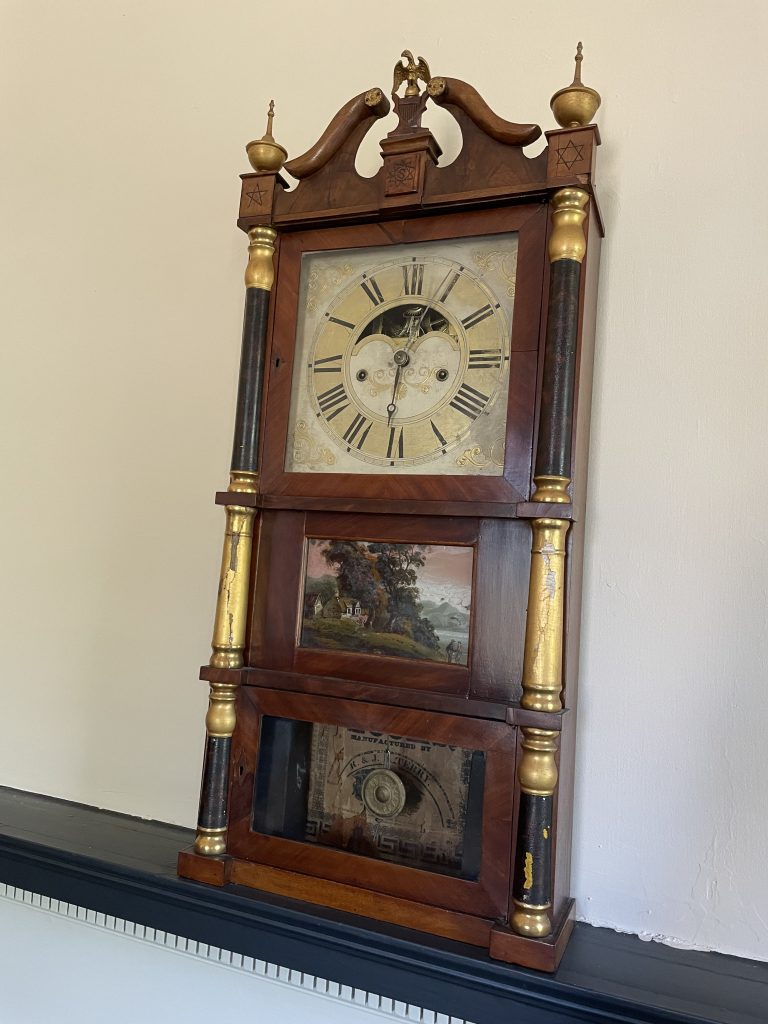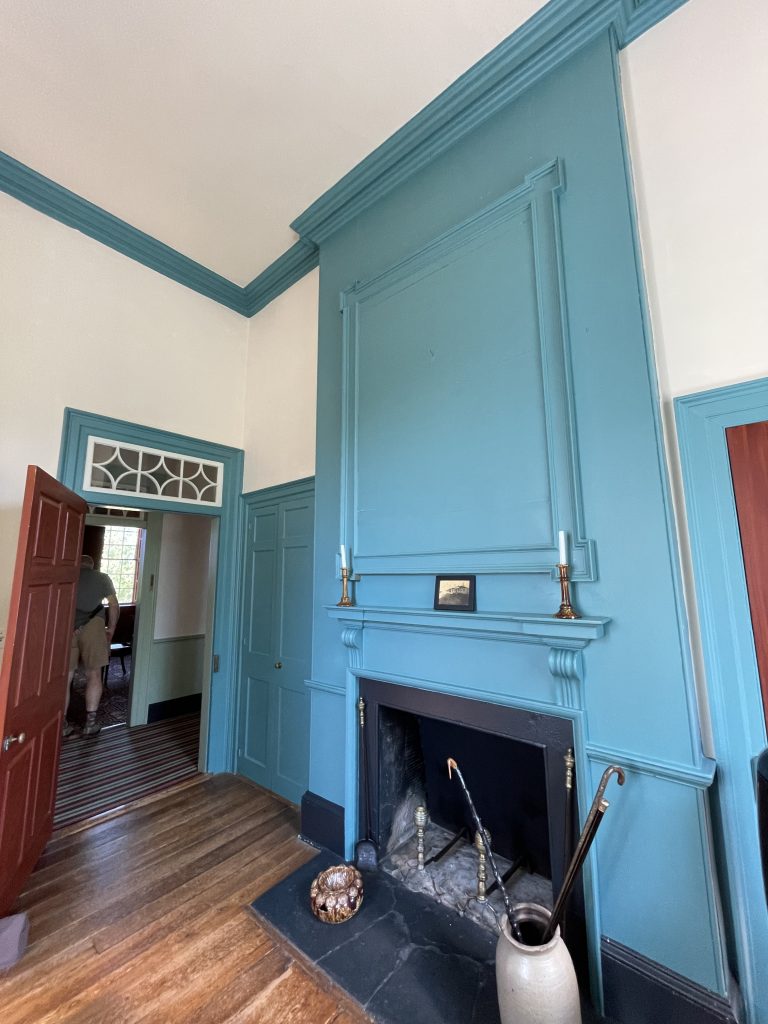
We went to Belle Grove Plantation in Middletown, Va., because it showed up on “best plantations in the U.S.” lists…except it doesn’t, actually.
While we were touring it I was thinking “really, this is a ‘best of’?”…I mean it was fine, but nothing to knock your socks off.
Then the tour guide mentioned that there is another plantation in King George, Va., with the same name, and thus the mystery was solved.
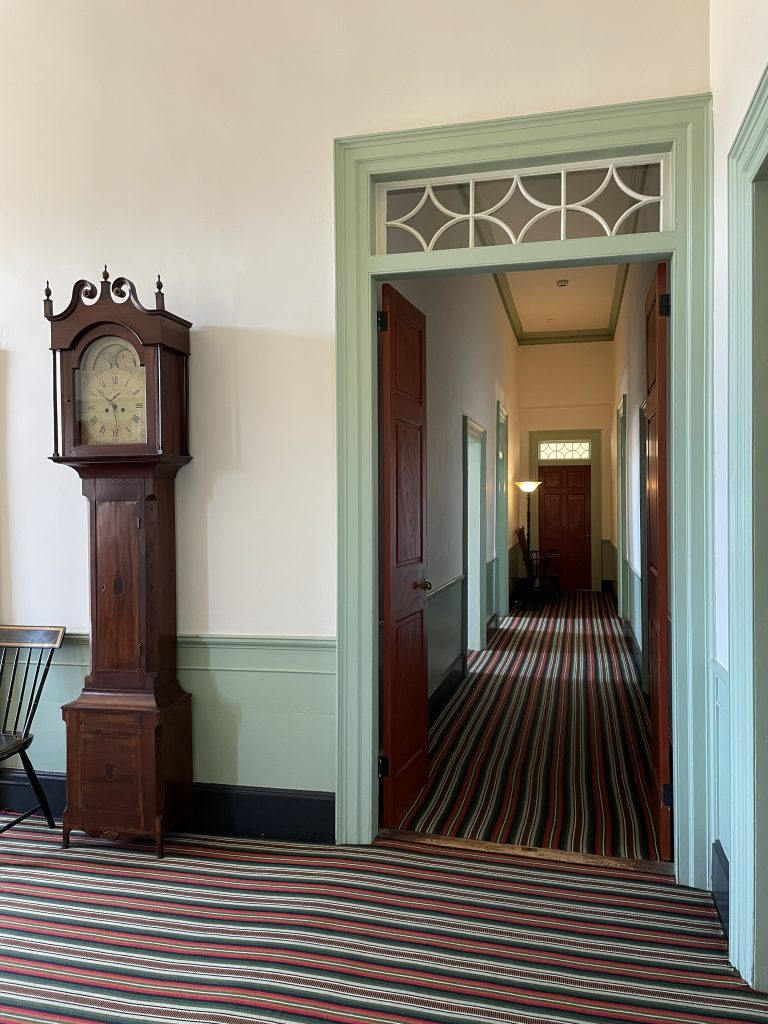
The home originally sat on nearly 500 acres in the Shenandoah Valley, part of 140,000 acres originally settled by 17 families that immigrated from Germany together. Isaac Hite, Jr., and his bride Nelly Conway Madison received the property upon their marriage in 1783, though the home was not completed until 1797. Nelly was the sister of the future U.S. President James Madison, so at least we had a presidential connection for Doug.
The 3,000-square-foot mansion was built with locally quarried limestone in the Federal style (you can see the quarry from the back of the house). James Madison’s friend Thomas Jefferson made a number of suggestions that influenced the final design. Of course.

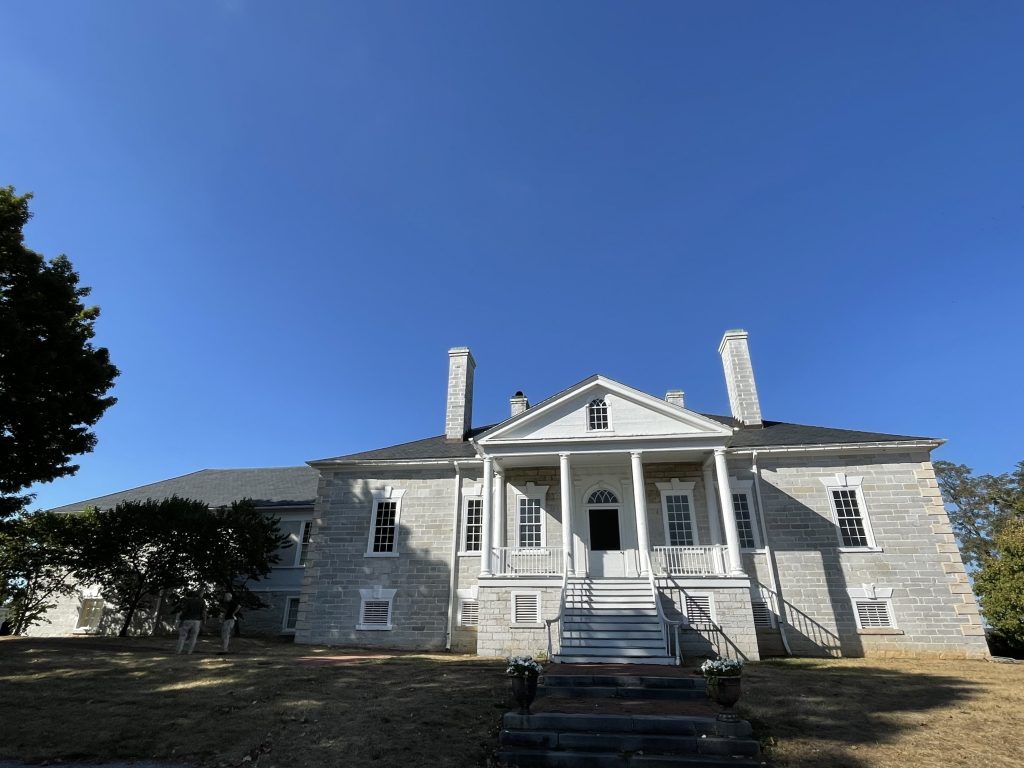
The family lived here with their three children until Nelly’s death in 1802. Afterwards, Isaac married Ann Tunstall Maury, with whom he had another 10 children over 14 years. It’s no surprise that an addition to the house was constructed in 1815, extending the width of the front to 100 feet.
Hite continued to grow his holdings, eventually controlling 7,500 acres of land, along with a general store, grist mill, saw mill, and distillery. Labor for these businesses were provided by at least 270 enslaved people between 1783 and 1851. Research into the lives of the enslaved people is in its early stages at the site today.
Hite died in 1836, followed by his wife in 1851. Nine years later Belle Grove was sold out of the family.
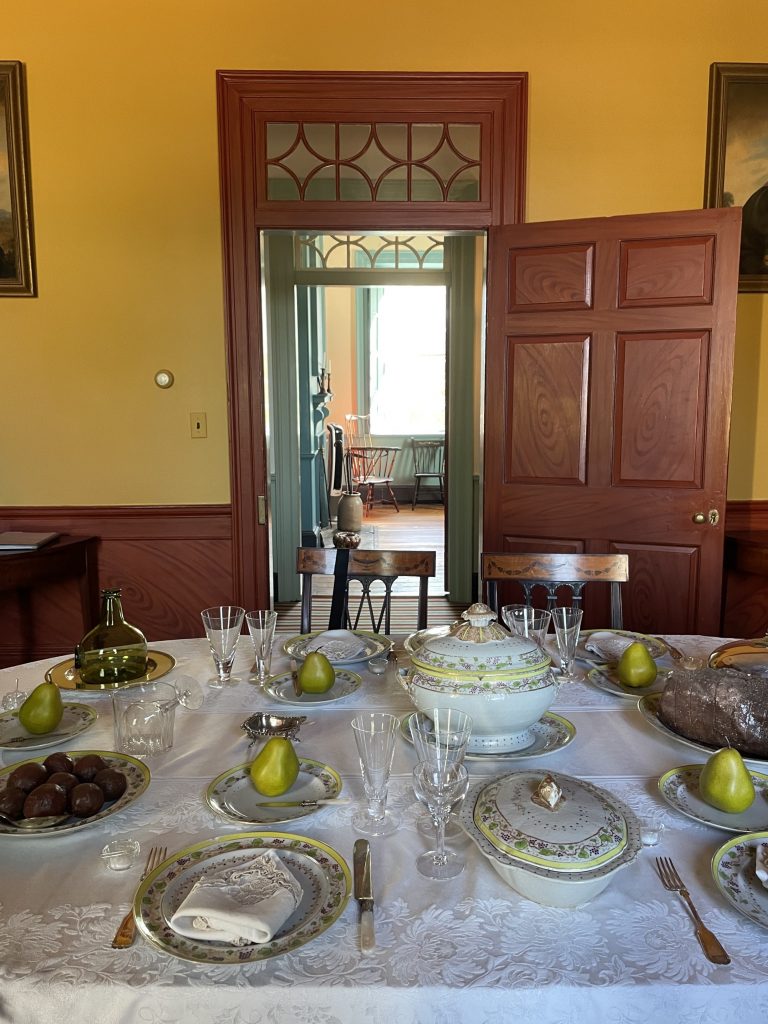
During the American Civil War, the property was the headquarters of Union General Philip Sheridan and the center of the Battle of Cedar Creek in 1864.
Confederate General Jubal Early led a surprise attack on the house and the troop encampment around it in the early hours of October 19, 1864, but Sheridan’s forces were able to ultimately stand their ground. This Union victory helped the North to maintain control over the Shenandoah Valley, and provided an important boost to Abraham Lincoln’s chances for re-election that year.
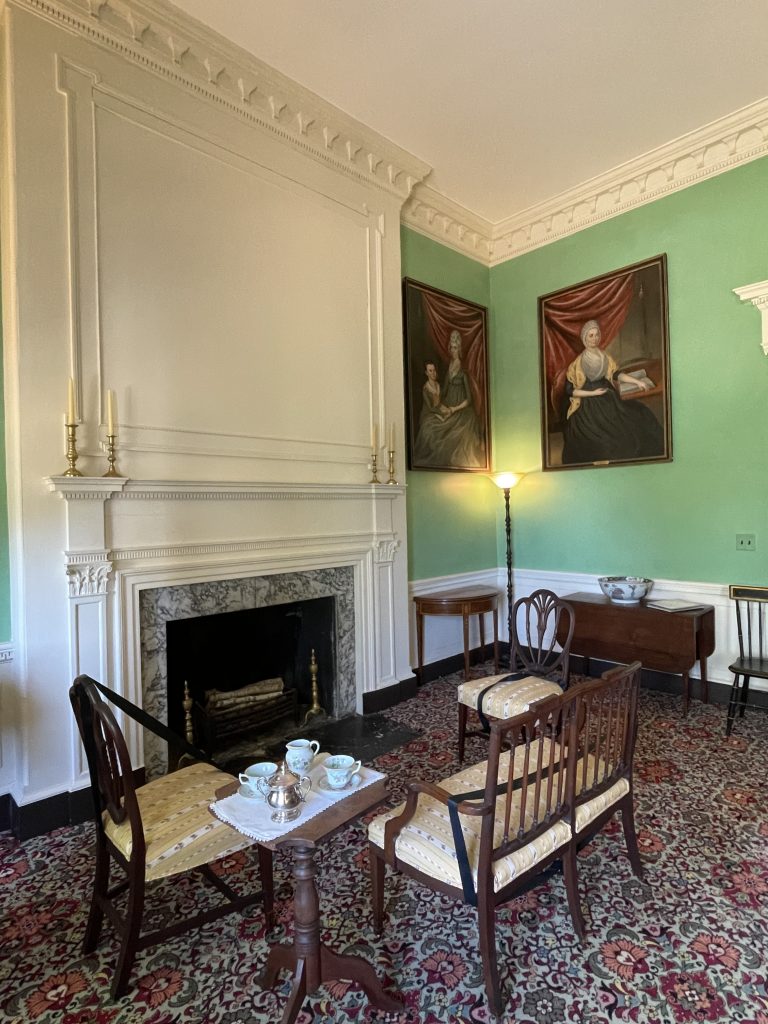
Belle Grove, now on about 60% of its original acreage, has been open as a house museum since 1967, and remains a working farm.
